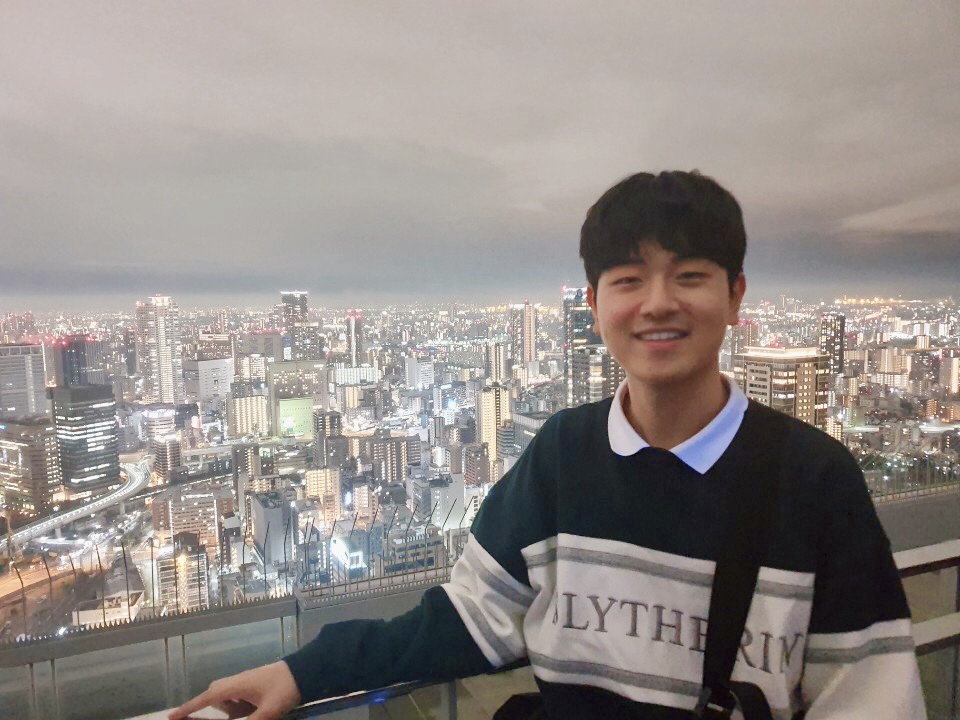- The Complete 2021 Flutter Development Bootcamp with Dart section 5 까지 본 뒤 진행 한 스터디 입니다.
Flutter 스터디 2주차 - Scaffold
Contents
-
Scaffold 란 무엇인가?
- Material Design 과 Scaffold
-
Scaffold 의 구성 요소 살펴보기
- AppBar
- Body
- Bottom Navigation Bar
- Floating Action Button
1. Scaffold란 무엇인가?
Flutter 공식 문서를 살펴보면 Scaffold에 대해 다음과 같이 정의하고 있습니다.
즉 Scaffold 란 Flutter에서 Material Design visual layout 을 구현하는데 사용됩니다.
Material Design 과 Scaffold
그렇다면 Material Design 은 무엇일까요?
Material Design 은 플랫 디자인의 장점을 살리면서도 빛에 따른 종이의 그림자 효과를 이용하여 입체감을 살리는 디자인 방식인데요,
구글에서는 안드로이드의 기본 디자인 가이드로 바로 이 Material Design 을 사용하고 있습니다.
즉 Scaffold는 바로 이 Material Design 을 따르는 앱 화면을 구성하기 위한 뼈대라고 생각하시면 됩니다.
cf)애플에서는 제공하는 디자인 가이드는 Cupertino Design 입니다.
2. Scaffold 의 구성 요소 살펴보기
Scaffold위 사진 외에도 다양한 옵션들이 있습니다. 이 중 아래 사진과 같이 자주 사용되는 appBar, Body, Bottom Navigation Bar 에 대해 살펴 보겠습니다.
Appbar
appBar 의 경우 최상단에 위치하고 있는 bar를 말하며 아래와 같은 코드로 간단히 생성할 수 있습니다.
class MyApp extends StatelessWidget {
@override
Widget build(BuildContext context) {
return MaterialApp(
home: Scaffold(
appBar: AppBar(title: Text('appBar Test'),),
)
);
}
}
Body
그 다음으로 AppBar 아래에 있는 body 영역 입니다. body의 경우 하나만 가질 수 있으며 아래와 같은 코드로 생성 할 수 있습니다.
class MyApp extends StatelessWidget {
@override
Widget build(BuildContext context) {
return MaterialApp(
home: Scaffold(
appBar: AppBar(
title: Text('appBar Test'),
),
body: Text('body Test'),
));
}
}
Bottom Navigation Bar
어플리케이션의 하단에 표시되는 여러 뷰를 선택할 수 있게 해주는 Bottom Navigation Bar의 코드입니다. 이 때 안에 들어갈 item 은 최소 2개 이상 지정해 주어야 합니다.
Widget build(BuildContext context) {
return MaterialApp(
debugShowCheckedModeBanner: false,
home: Scaffold(
appBar: AppBar(
title: Text('appBar Test'),
),
body: Text('boy Test'),
bottomNavigationBar: BottomNavigationBar(
items: <BottomNavigationBarItem>[
BottomNavigationBarItem(
icon: Icon(Icons.home),
title: Text('Home'),
),
BottomNavigationBarItem(
icon: Icon(Icons.business),
title: Text('Business'),
),
BottomNavigationBarItem(
icon: Icon(Icons.school),
title: Text('School'),
),
],
),
));
}
이번 주차 강의에서는 대부분 안드로이드 스튜디오 설정과 플러터 설치 및 기본 구조에 대한 내용이 주를 이루었기 때문에 Scaffold에 대해 알아보는 시간을 가졌습니다.
